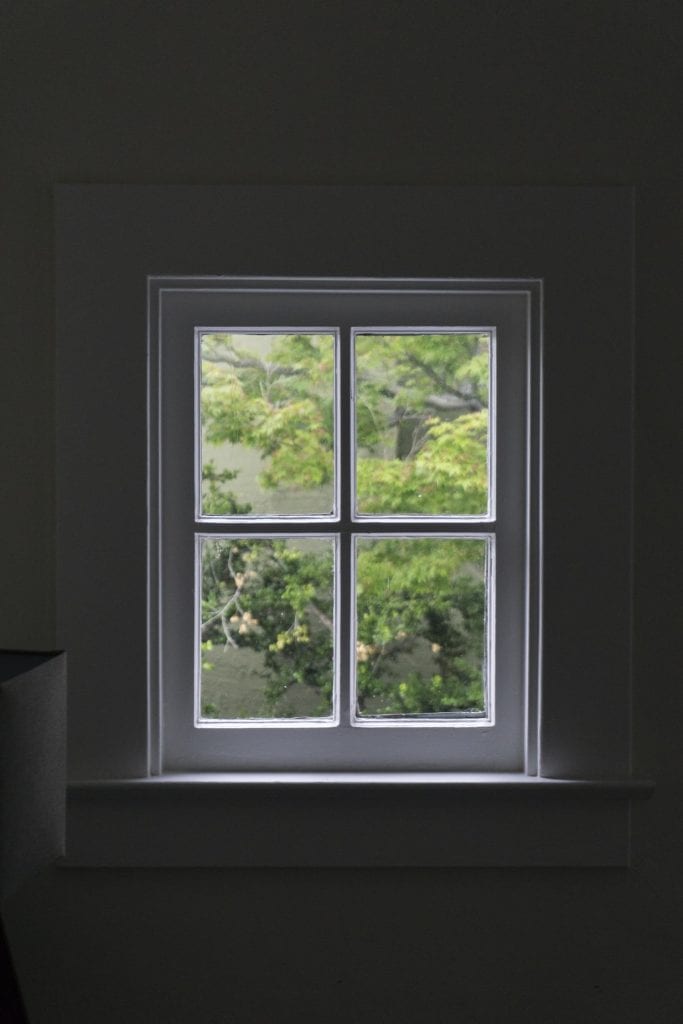November 14th, 2020

Modern homes are generally constructed with airtightness in mind, but all houses have areas where air can escape or get in when you don’t want it to. During the winter, drafts can drive up energy costs – the more cold air that comes into your home, and the more warm air that escapes, the harder your heating system will have to work to keep your home at a comfortable temperature. While you may be tempted to embark on a major home improvement project like replacing your windows, there are a lot of simple, inexpensive things you can do that will make a big difference in reducing drafts and cutting energy bills.
Making Your Front Door Draft-Proof
You use your front door to go in and out of your home, and air can do the same thing. Air can escape under a door if there’s enough room between the door and the threshold. A good rule of thumb is that there should be no more than a small crack of daylight visible under the front door. If any more light than that is getting through, it also means that a significant amount of air can get through. Most thresholds are adjustable; to bring your threshold closer to the bottom of the door, turn the threshold’s screws counterclockwise so that only a little bit of light can shine in, but not so much that it becomes difficult to open and close the door. Air can also get in through the letterbox and even through the keyhole. By installing covers over them, you can reduce drafts even more. Keeping doors locked makes them even more airtight.How to Reduce Drafts from Windows

Reducing drafts from doors and windows is essential if you want to lower your energy costs during the winter
Lock them
Like doors, windows become more airtight when they’re locked because the window comes into closer contact with the window frame’s weather stripping.Use thermal curtains
Thermal curtains provide a quick fix for insulating your windows and regulating your home’s temperature. Even regular drapes can make a difference if they’re thick enough. For increased warmth, keep the curtains or drapes open on sunny winter days to allow solar heat to come in through the windows.Cover them with insulating window film
Plastic insulating film is sold at most home improvement stores and is a simple yet effective way to keep cold air out and warm air in. In fact, studies have shown that this type of insulation can keep in 55% more heat during the winter, leading to energy savings of up to 30%.Caulk them
If you feel a draft coming through your windows, check for gaps in the caulk. If any of these gaps are bigger than the width of a nickel, reapply the exterior caulk.What if drafts aren’t the problem?
If your home is sufficiently airtight but still leaving you with the chills, it may be time for a new or improved heating system. Whether your heating system is nearing or past its average lifespan (about 20 years for boilers, 15-20 years for furnaces), or is relatively new but needs repair, don’t spend the winter shivering and waiting for things to warm up in the spring. Whether you need a boiler installation in East Windsor, NJ or a furnace repair in Plainsboro, NJ, give SG Heating & Air Conditioning a call at 609-448-1273 or fill out our contact form!All Content © 2020 SG Heating & Air Conditioning LLC – All Rights Reserved


